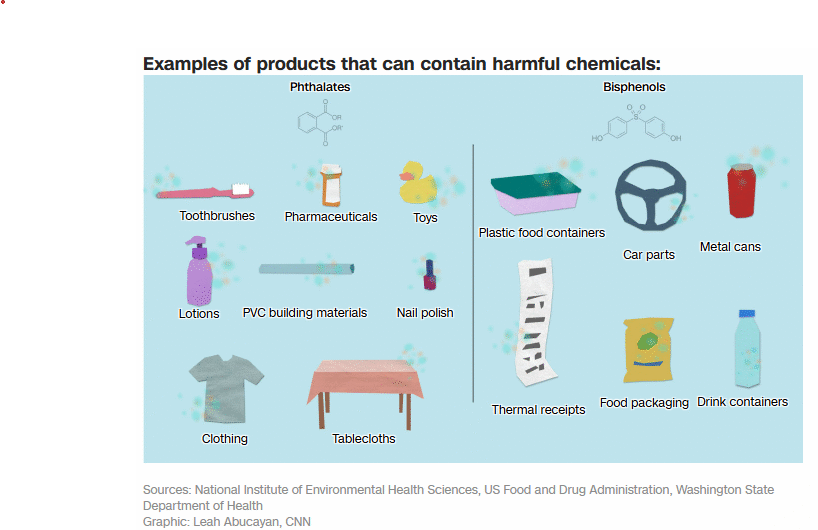A recent experiment found that when three CNN reporters wore their chemical-tracking bracelets between three cities around the world, they detected 28 different chemicals over a five-day period. Phthalates and bisphenol A compounds were the most common.
What was found?
- Phthalates, which are used to make plastics more flexible, were present in high concentrations in all of the subjects.
- Bisphenols (such as BPA) were also detected in all samples—although their links to health risks are still under investigation.
- The bracelets were designed to detect 73 chemicals associated with plastics, but PFAS compounds (the so-called forever chemicals) were not found.
Why is this important?
Chemicals used in plastics are increasingly being linked to health risks, from developmental disorders to chronic diseases. The results of the experiment highlight that existing chemical declarations may be masking much broader exposure to unknown compounds.
How to respond?
Reducing it is easier than you think: choose less plastic, avoid products that contain additives or are labeled low or zero VOC. In addition, it is necessary to strengthen regulations and research on plastic chemicals so that the government and manufacturers can be held accountable.
Source: CNN
